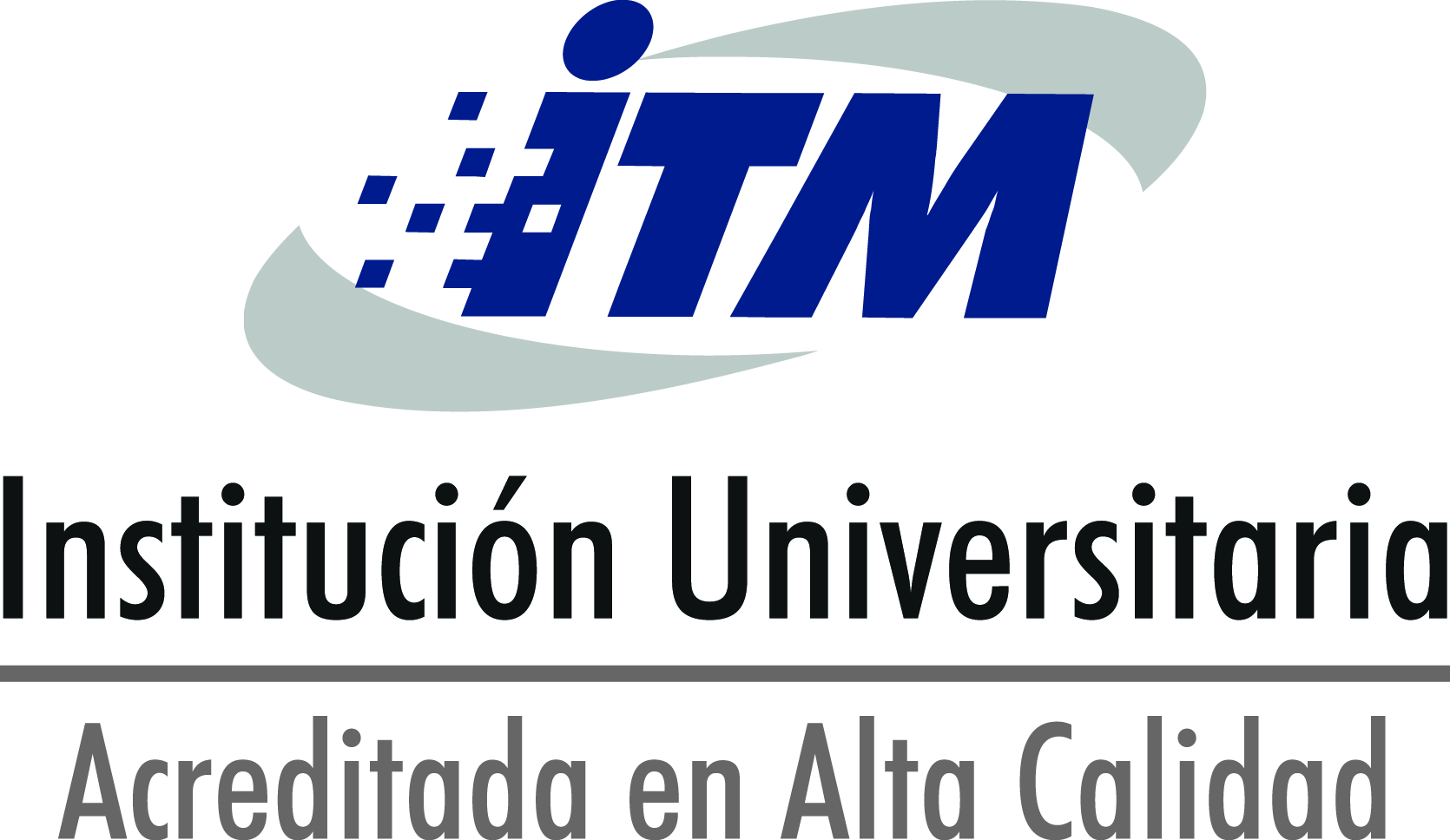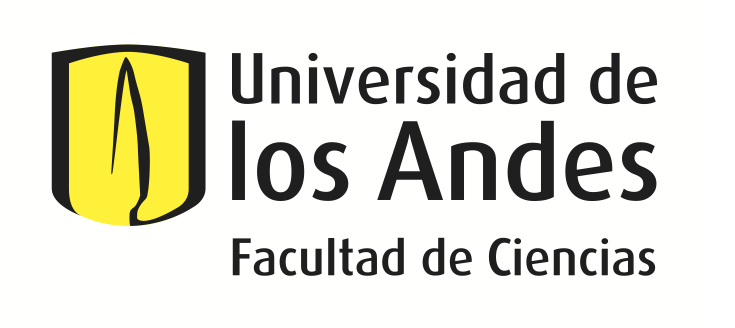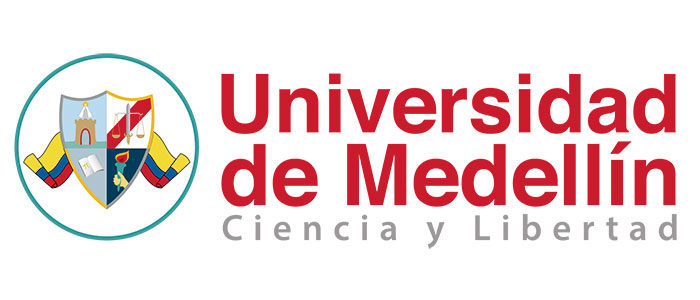- Compact style
- Indico style
- Indico style - inline minutes
- Indico style - numbered
- Indico style - numbered + minutes
- Indico Weeks View
5th ComHEP: Colombian Meeting on High Energy Physics
→
America/Bogota
, , ,
Description
This is the fifth Colombian Meeting on High Energy Physics (5th ComHEP). We hope to bring together young and senior particle physicists from Colombia and abroad, to discuss recent progress in particle physics, cosmology and related areas. The program of the meeting will address a broad range of topics, divided in dedicated sessions on:
- Standard Model and the Higgs boson
- Beyond the Standard Model
- Neutrino Physics
- Neutrino Experiments
- Hadron and flavor physics
- Dark matter
- Cosmology and Cosmic rays
- Theoretical physics
Due to the current covid-19 related travel restrictions, there will be no in-person meeting as originally planned. However, the conference will go ahead as an online event.
Follow us in twitter!
Invited talk
- Luciano Maiani (Sapienza Università di Roma) - 50 years of the GIM mechanism
- Jessica Lu (UC - Berkeley) - Black Holes in the Milky Way: Large and Small (Nobel prize keynote)
- David Berenstein (UC - Santa Barbara) - Gauge theories on quantum computers
- Reina Camacho (LPNHE/CNRS - Université de Paris) - Higgs physics at the LHC: status and prospects
Scientific Organizing Committee
- Alex Tapia (Universidad de Medellín)
- Alexander Moreno (Universidad Antonio Nariño - Ibagué)
- Andrés Castillo (Universidad Sergio Arboleda)
- Carlos Andres Flórez Bustos (Universidad de los Andes)
- Carlos Avila (Universidad de los Andes)
- Carlos Sandoval (Universidad Nacional de Colombia)
- César Valenzuela (Universidad del Valle)
- David Vanegas (Universidad de Medellín)
- Gabriela Alejandra Navarro (Universidad Antonio Nariño)
- Jairo Alexis Rodriguez (Universidad Nacional de Colombia)
- José David Ruíz (Universidad de Antioquia)
- Mario A. Acero Ortega (Universidad del Atlantico)
- Nicolás Bernal (Universidad Antonio Nariño)
- Oscar Alberto Zapata Noreña (Universidad de Antioquia)
- Richard Benavides (Instituto Tecnológico Metropolitano)
Supporting Institutions












Contact
Participants
Adriana Vásquez Ramírez
AISHWARYA BHATTA
Alan A. Sanjuán Mora
Alberto Reis
Alejandro Mejía Rico
Alejandro Oliva
Alejandro Ontibon
Alex Tapia
Alexander Bonilla Rivera
Alexander Gallego Cadavid
Alexander Moreno Briceño
Alexander Parada
Alexandre Sousa
Alexis Garzón
Alfred Mishi
Ali Gharibi Ziarati
Ali Övgün
Amalia Betancur Rodríguez
Amit Adhikary
Ana Luisa Foguel
Andrea Barros
Andreas Mantziris
ANDRES APONTE MENDIVELSO
Andres Castillo
Andres Florez
Andres Layana
Andrés David Flórez Quintero
Andrés Felipe Rivera Romero
Andrés Muñoz Acevedo
Andrés Santiago Duque Escobar
Andrés Villares
Angel Yepes Gutiérrez
Angie Dávila Porras
Anish Ghoshal
Anthony Vizcaíno
Ariel Huera
Arindam Mandal
Augusto Abuabara
Ayan Mukhopadhyay
Bahar Nosrati
Basabendu Barman
Begona De La Cruz
Bhanu Pant
Bhavna Yadav
Bin Yan
Blanca Cecilia Cañas Orduz
Brayan Elian Castiblanco Ortigoza
Brayan Leonardo Martínez Bustos
Bryan Darquea
Camilo Cortés Parra
Camilo Prada
Camilo Torres
Carlos Angel
carlos hernandez
Carlos Mendoza Ochoa
Carlos Ramirez
Carlos Sandoval Usme
Carolina Fajardo Vega
Catalina Higuera Alvarez
Cesar A. Valenzuela-Toledo
Christoph Andreas Ternes
Christopher Quezada
Cristhiam Lopez Arcos
Cristhian Calderon
Cristian Harold Garcia Duque
Cristina Magdalena Vaca Chanatasig
César Andrés Morales Rodríguez
daniel correa
Daniel Guillermo Martínez Gómez
Daniel Ocampo Henao
Daniel Pulido
Daniel Villarruel
Daniela Daza Marroquín
Danilo Toapanta
David Cardona
David Francisco Ortiz Gutiérrez
David Lara
David Martinez Caicedo
David Rivera-Rangel
David Suarez
David Vanegas Forero
Deiby Alexander Pulido Caviedes
Deywis Moreno Lopez
Diana Carolina Paternina Domínguez
Diana Carolina Rivera Agudelo
Diego Camilo Venegas Vargas
Diego Castro
Diego Fernando Fonseca
Diego Nicolás Ordóñez Peña
Diego Restrepo
Doménica Garzón
Dr. Harold Yepes Ramirez
Edilson Alfonso Reyes Rojas
EDUARD SUAREZ
Eduardo Rojas
Edwin alberto gonzalez hernandez
Elizabeth Picón
ERICK GUAGUA
Erika Catano-Mur
Erwin Renzo Franco Diaz
Esteban Alejandro Orozco
Estefania Uribe Isaza
Federico von der Pahlen
Felipe Barbosa
Fernando García
Filipe Joaquim
FRANCISCO JAVIER MILLÁN ARROYO
Frank Bula
Franz Danylo Machado Perez
Gabriel Cofre
Gabriel Gomez
Gabriel Massoni Salla
Gabriela Lichtenstein
Gabriela Navarro
Gabriela Vitti Stenico
Gaetano Lambiase
Gaetano Luciano
Golnoosh Soleimani
Guillermo Palacio
Gustavo Alves
Gustavo Ardila
Gustavo Campi
Haradhan Adhikary
Heidar Marcel Parada Villamizar
HENRY DIAZ
Hernan Vaquilema
Hernán Asorey
Himanshu verma
Hyeonja Jhang
Jaider Rodriguez
Jairo Alexis Rodríguez
Javier Alberto Duarte Chávez
Javier Andres Orduz-Ducuara
Javier Molina Ariza
jean baez
Jennifer Grisales
Jenny Margot Ramos Lázaro
Jhon Alexander Gamboa Vera
Jhon Basto
Jhonatann Almeida
Jhoneimar Guerrero
Jhovanny Andres Mejia Guisao
Joana Bahamonde
JOAQUIN MASIAS TEVES
Johan Carrillo
JOHN BAYRON ORJUELA-QUINTANA
JONATHAN CARDOZO NUÑEZ
Jonathan Vega
Jonnathan Pineda
Jordan Zambrano
Jorge Antonio Morales Soto
Jorge Enrique García Farieta
Jose Miguel Muñoz Arias
Jose Ruiz
Josue motoa manzano
José Herman Muñoz
José Miguel Cabarcas Bolaños
José Trujillo
Juan Camilo Garnica Aguirre
Juan Carlos Arias Cañón
Juan David Villamil
JUAN GUILLERMO Suarez Gonzalez
Juan Hernández
juan marino
Juan Moreno
Juan Pablo Nicolás Cruz Castiblanco
Juan Rubio
Juan Sebastian Rojas Rodriguez
Juansebastian Gomez
kapil chandra
Karoll Michely Parada Jaime
Kevin Robalino
Kimy Agudelo Jaramillo
Kirill Zatrimaylov
Kolahal Bhattacharya
Kumar Rao
Laura Juliana Caviedes
Leidy Alfonso
Lenin Calvache
Leonardo José Ferreira Leite
Leonel Cabrera
Lina Julieth Castiblanco Tolosa
LINGFENG LI
Luciano Petruzziello
Luighi Leal
Luis Felipe De La Ossa Mayorga
Luis Felipe Pineres Rico
Luis Núñez
maicol Cárdenas Hernández
Manuel Alejandro Arroyave Montoya
Manuel Sebastian Torres Hernandez
Marco Antonio Arroyo Ureña
Marcos Vinicius dos Santos
Mario A. Acero Ortega
María Bautista
Mateo Andrés Durán Barraza
Mauricio Suárez-Durán
Mauricio Vargas-Villegas
Miguel Angel Bulla Rivas
Miguel Angel Martín Contreras
Miguel Angel Sanmartin
Mohadeseh Abdolhoseini
Mohamed JAKHA
Moinul Hossain Rahat
Muhammad Fauzi Mustamin
Nasrin Nasirzadeh
Natalia Castilla Reyes
Nathaly Lisbeth Osorio Sampedro
Neetu Raj Chundawat
Neidy Lorena Bucurú Rodríguez
Nestor Quintero
Nicolas Fernandez
Nicole Guerrero
Nicolás Bernal
Nicolás Gómez Cruz
Nikodem Poplawski
NOE CAMACHO
omar suarez
Orlando Luis Pereyra Ravinez
oscar cepeda
Oscar Macias
Oscar Rodríguez
Oscar Zapata
Pablo Jose Figueroa Falla
Paula Andrea Patiño Gallego
Pedro Andres Luzuriaga Orellana
Pheiroijam Suranjoy Singh
Pierluca Carenza
Priyanka Sarmah
Rafael Andrei Vinasco Soler
Rajeev Singh
Ramtin Amintaheri
Ricardo Andrés Jaimes Campos
Ricardo Andrés Martínez von Dossow
Ricardo de León
Ricardo GAITAN
Ricardo Vera
Richard Benavides
Roberto A. Lineros
Roberto Martinez
Rocío Branada
Ronald Cortes
Saed Isaac
Santiago Bernal
Santiago Cortés
Santiago Flórez Suárez
santiago martinez
Sany Willian Ponce Novelo
Sara Nathalia Reina Torres
Sebastian Navarrete
Sebastian Ordoñez
Sebastian Roa Ramirez
Sebastián Rueda
Sergio Tostado
Seyed Sajad Tabasi
Soumya Bhattacharyya
Subhojit Roy
Suchismita Sahoo
Sunanda Sharma
Teyrungumu Torres Zalabata
Tomas Atehortua
Trisha Sarkar
Valentina Franco Velásquez
Vicente Pleitez
Victor Saul Basto Gonzalez
Vijayasri Iyer
vishnu rajagopal
WILLIAM ANTONIO PONCE GUTIERREZ
Yajaira Concha-Sánchez
Yashmitha Kumaran
Yithsbey Giraldo
Yohany Rodriguez Garcia
Yomaira López
Yorlan Perez
Yuber F. Perez-Gonzalez
Zahra Moradi